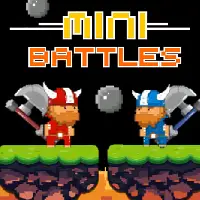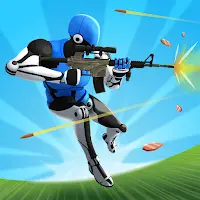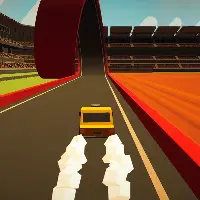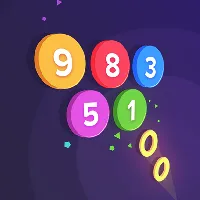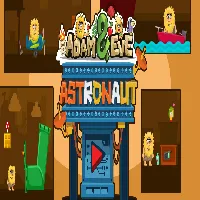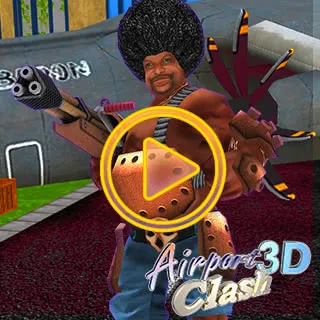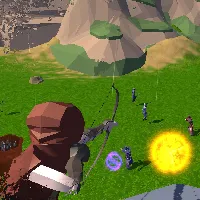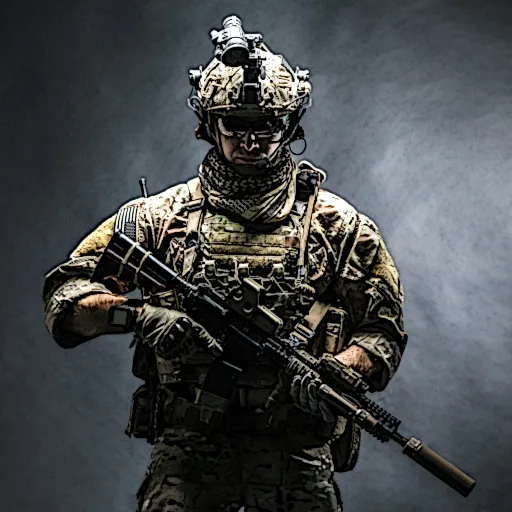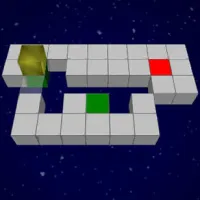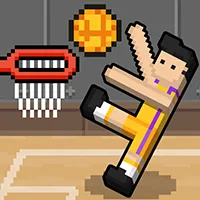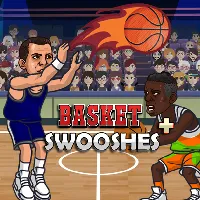SILLY WAYS TO DIE DIFFERENCES
SIMILAR GAMES
Description
Silly Ways to Die Differences - GamePluto
About Silly Ways to Die Differences - GamePluto
Delving into the quirky and often darkly humorous world of the Silly Ways to Die series, we embark on an exploration of the distinctions that make each iteration a unique and engaging experience. This collection of games, celebrated for its inventive deathtraps and comical scenarios, has captivated a global audience. As players navigate through increasingly absurd and perilous situations, the subtle yet significant differences between the various installments become apparent. Understanding these nuances is key to appreciating the evolution and enduring appeal of the franchise. We aim to provide a comprehensive overview, highlighting the innovations and gameplay shifts that have defined each chapter.
Exploring the Core Gameplay Loop of Silly Ways to Die
At its heart, the Silly Ways to Die series revolves around a deceptively simple premise: guide a character through a series of increasingly outlandish and dangerous environments without succumbing to a spectacularly gruesome end. This core loop is what draws players in, offering a puzzle-solving experience wrapped in a layer of dark comedy. Each level presents a unique challenge, requiring players to interact with the environment in specific ways to progress. The success or failure of these interactions often leads to hilariously morbid outcomes, a hallmark of the series’ appeal. The player’s objective is not merely survival, but to master the art of avoiding the inevitable, often by cleverly exploiting the very dangers presented.
Distinctive Level Design and Progression
One of the most significant areas where the Silly Ways to Die games differentiate themselves is in their level design and the progression of difficulty. Early titles might introduce basic physics-based puzzles, requiring simple clicks or drags to trigger events. As the series advances, the complexity escalates dramatically. Later installments feature intricate Rube Goldberg-esque contraptions, demanding precise timing and a keen understanding of cause and effect. The environments themselves become more varied, moving from simple rooms to sprawling, multi-stage scenarios. The introduction of new mechanics, such as timed sequences, projectile avoidance, or character manipulation, further distinguishes these titles, pushing players to adapt their strategies.
Character Interaction and Object Manipulation
The way players interact with characters and objects is another crucial point of divergence. In some Silly Ways to Die games, the interaction is largely passive, with the player acting as a catalyst for environmental events. In others, there's a greater emphasis on direct character control and object manipulation. This can involve guiding the character’s movements, using their abilities, or directly manipulating objects to clear a path or trigger a trap for external threats. The degree of agency granted to the player can fundamentally alter the feel of the game, shifting it from a reactive puzzle to a more proactive challenge. The variety in interactive elements, from simple levers to complex machinery, ensures that each game offers a fresh set of engagement opportunities.
Evolution of Visual Style and Sound Design
While the core concept remains consistent, the visual presentation and sound design have undergone notable transformations across the Silly Ways to Die franchise. Early games often featured a simpler, more cartoonish art style, prioritizing clarity and immediate comedic effect. As technology and development capabilities advanced, later titles have boasted more detailed graphics, smoother animations, and richer environmental textures. This evolution enhances the immersiveness of the perilous scenarios, making the inevitable demise all the more impactful. Similarly, the sound design has matured, with more complex soundscapes, distinct audio cues for dangers, and memorable, often comical, death sounds that have become iconic to the series. The use of music also varies, with some games employing upbeat, ironic tunes to contrast with the grim proceedings, while others opt for more atmospheric scores.
Thematic Variations and Narrative Elements
Beyond the gameplay mechanics, the Silly Ways to Die series often explores different thematic variations and incorporates subtle narrative elements. While not story-driven in a traditional sense, each game can have an overarching theme or a specific setting that colors the experience. For instance, one game might focus on everyday objects in a domestic setting, while another might venture into more fantastical or historical contexts. The nature of the characters and the specific dangers they face are tailored to these themes, adding a layer of diversity. The evolution of the humor itself is also worth noting; while always dark, the specific brand of wit and absurdity can shift, appealing to different comedic sensibilities across the installments. The presentation of the deaths, while always silly, can sometimes lean more towards slapstick, visceral, or situational irony depending on the game.
Innovations in Gameplay Mechanics and Interactivity
The innovations in gameplay mechanics are perhaps the most defining feature that separates the different Silly Ways to Die experiences. Developers have consistently sought to introduce new ways for players to engage with the game world and its hazards. This has included the addition of new tools and abilities for the player character, allowing for more complex interactions. For example, the introduction of timed events where players must act within a strict window, or puzzles requiring the manipulation of multiple elements simultaneously, represent significant leaps in complexity. The type of puzzles themselves evolve, moving beyond simple cause-and-effect to more elaborate sequences that require planning and foresight. The degree of experimentation encouraged also varies; some games are more forgiving, allowing players to try different approaches, while others punish missteps more severely, making each successful maneuver feel more rewarding.
Introducing New Characters and Scenarios
A consistent element of evolution within the series is the introduction of new characters and scenarios. Each game typically presents a fresh cast of unfortunate protagonists, each with their own unique vulnerabilities and often comically mundane backstories that make their predicament even more absurd. The variety of scenarios is crucial to maintaining player interest. Developers move beyond repeating similar death traps by introducing entirely new conceptual frameworks for the dangers. This could mean encountering new types of machinery, dealing with different environmental hazards like extreme weather or volatile substances, or facing unique challenges presented by the game's thematic setting. The creativity in devising new ways for characters to meet their unfortunate ends is a testament to the series' enduring appeal and its capacity for continuous reinvention.
The Cumulative Impact of Updates and Sequels
The cumulative impact of updates and sequels cannot be overstated when discussing the Silly Ways to Die differences. Each new installment builds upon the successes and lessons learned from its predecessors. This iterative process allows for a refinement of gameplay mechanics, a deepening of the comedic tone, and an expansion of the creative possibilities. Players who have followed the series from its inception will recognize familiar elements, but they will also encounter significant advancements. The learning curve itself can be different; some sequels are designed to be more accessible to newcomers, while others cater to a more seasoned player base, offering more challenging puzzles and intricate death sequences. The overall polish and attention to detail tend to increase with each release, reflecting the developers' growing expertise and their commitment to delivering a high-quality, albeit morbid, entertainment experience.
Discovering Unique Challenges at GamePluto
For those seeking to experience the unique challenges presented by the Silly Ways to Die series, visiting https://gamepluto.gitlab.io/ offers a gateway. We are dedicated to providing access to these quirky and entertaining games, allowing players to explore the vast differences between each installment. Whether you are drawn to the simple elegance of early designs or the complex contraptions of later releases, there is an adventure waiting for you. Our platform ensures that you can easily discover and play these titles, comparing their mechanics, humor, and overall ingenuity firsthand. Embark on a journey through this collection of hilariously fatalistic puzzles and appreciate the distinctive charm that each Silly Ways to Die game brings to the table.
Play Silly Ways to Die Differences for free on GamePluto. Enjoy thousands of the best games with no ads, easy access from anywhere, and fun gameplay using your keyboard or just clicking. Have a blast! 🎮
Common Controls:
Keyboard Controls:
- Arrow Keys: Movement (Up, Down, Left, Right)
- W, A, S, D: Alternative movement keys
- Spacebar: Jump or action key
- Enter: Confirm or interact
- Shift: Run or sprint
- Ctrl: Crouch or special action
- E, Q, F: Interact, pick up items, or perform specific game actions
- 1-9: Select weapons or items
- Tab: Open inventory or menu
- Esc: Pause game or open game settings
Mouse Controls:
- Left Click: Primary action (e.g., shoot, select)
- Right Click: Secondary action (e.g., aim, alternate functions)
- Mouse Movement: Aiming or camera control
- Scroll Wheel: Zoom in/out or cycle through items/weapons
Gamepad/Controller (if supported):
- Analog Sticks: Movement and aiming
- A/B/X/Y or Cross/Circle/Square/Triangle: Action buttons for various functions
- D-Pad: Menu navigation or movement
- Triggers (L1/R1, L2/R2): Shooting, aiming, or special actions
- Start/Select: Open menu or pause game
Touch Controls (for mobile-friendly games):
- Tap: Select or interact
- Swipe: Move or aim
- Pinch/Spread: Zoom in or out
- Long Press: Secondary action
